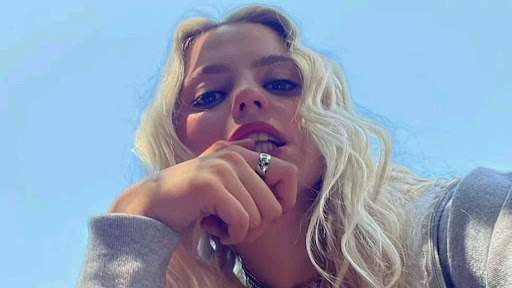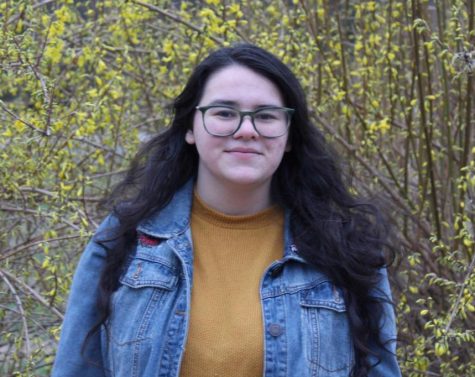In fourth grade, I learned about the Lenni-Lenape, the people who resided in my state long before there was a New Jersey. I remember learning about longhouses and wigwams in graphic detail before we quickly rushed over why Native Americans were no longer the main inhabitants of New Jersey.
The suffering early Americans caused unknowingly with Western diseases and produce and knowingly with the Trail of Tears and boarding schools, is widely skipped over and rushed because it’s a painful and embarrassing part of our country’s past. The institution of Native American History Month is starting to work toward fixing these irreversible wrongs. Started in 1986 as “American Indian Week,” November was officially and consistently declared National American Indian Heritage Month in 1995 through annual presidential proclamations and Congressional approval, according to the Library of Congress.
To honor the creation of this month, we should do our part to be educated on the traditions and culture of Native Americans. We should also learn how to appreciate their culture without crossing the line into appropriation. One of the best ways to learn is by watching documentaries that chronical Native Americans’ experience, either now or in the past. Some films on my list and the International Documentary Association’s are “Lake of Betrayal” (Paul Lamont, 2017), “We Breathe Again” (Marsh Chamberlain, 2017) and “What Was Ours” (Mat Hames, 2016). Another way to learn about Native American History is to visit a museum and see it first hand. Manhattan houses the National Museum of the American Indian whose facilities are dedicated to the preservation and education of Native Americans, the American Museum of Natural History who has a wing dedicated to their history and Children’s Cultural Center of Native America for people with younger siblings, children or those who are young at heart.
After immersing yourself visually in Native Americans’ past, you can try engaging your taste buds. Invite a few friends over and cook up a meal using traditional Native American recipes like the ones found on firstnations.org. You can also discuss your knowledge on the Native Ameican history, maybe even have a themed trivia night.
Finally, you can appreciate Native Americans’ impact on society by researching and supporting famous activists, actors and artists who have influenced American culture. Some of my favorites are (activist) Wilma Mankiller, (actor) Will Sampson and (artist and politician) Enoch Kelly Haney.
Cultural history months like this one are important reminders of traditions and people that can too often slip under the radar of public attention. These months or weeks dedicated to a specific culture give people the excuse they need to get curious and start Googling. It opens citizens up to learning about the cultures that surround them. After all, America is the great melting pot and it’s only natural for us to learn about and appreciate the cultures that blend with our own.
I’m going to do my best to take advantage of November, so what are you going to watch, visit, taste or learn about this month?










Lyla Peterson • Nov 20, 2019 at 1:16 pm
I agree that Native American history is often skipped over in schools. When I was a child, I received very little information about it. Now that I am older, I would love to learn more about these people and their culture and show appreciation for their unique insights. https://eaglechild.com/teachings.html